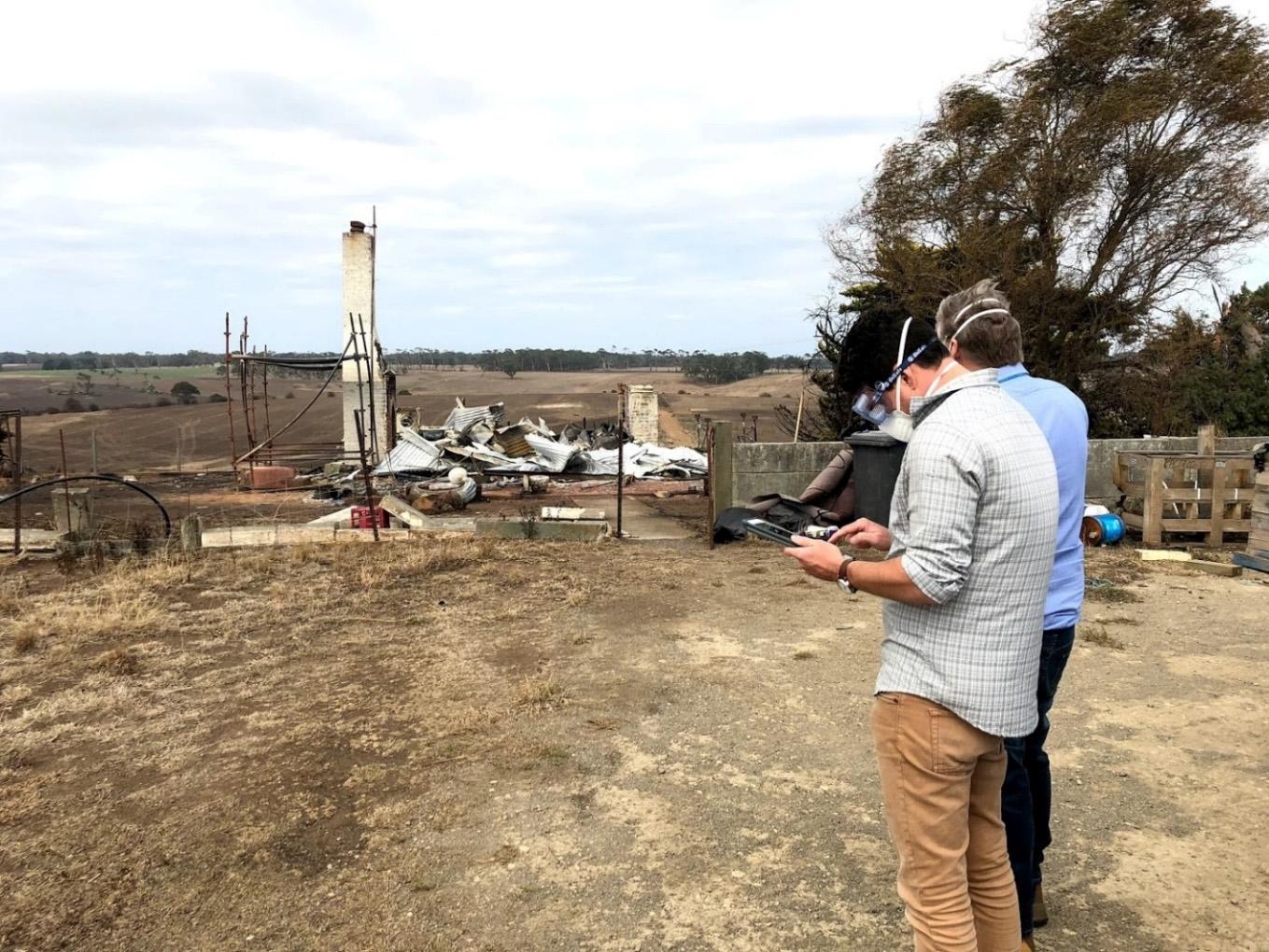
4 minute read
4.2 Consequence management products and use
Finding 11
The Inspector-General for Emergency Management finds the value of the consequence management products is inhibited by: difficulty with interpreting and use due to length and presentation of content the quality of inputs through use of inappropriate and unsubstantiated data and/or intelligence misalignment between the content of products and key decision-maker needs lack of validation and evaluation of products to continuously improve the approach.
Since the introduction of consequence management in the 2013 Act, the associated products have continued to evolve and be refined. For example, the 2015 Regional Strategic Risk and Consequence Management Plan: Regional Plan Lorne – Jamieson Track Fire is a 40-page document with 11 scenarios based on discrete, potential consequences with limited synthesis. In comparison the consequence assessment produced for the South-West Fires contains three time-bound – scenarios based on possible different fire durations – one month, six-month and nine-month. These scenarios provided comprehensive analysis of a range of consequences using the resilience recovery domains. The use of the resilience recovery model is evidence of another change to consequence management products as these were incorporated in 2017. The current consequence management products are presented in Table 1 (p.26). Stakeholders held a range of concerns regarding the value and use of the consequence management products; especially regarding the relevance and effectiveness to inform decision-makers. Stakeholder concerns include:
functionality of the products due to the long length of some products and variability in readability and content presentation questions over the quality of evidence and inputs regarding whether the most accurate, appropriate and relevant data and/or local knowledge is being incorporated analysis and content not aligning with or being reliable to inform decisions. Due to these concerns, some stakeholders – including the intended audience of these products – reported not using them.
Capturing some of these key concerns resulting in lack of decision-maker use:
… the products that come out of the Consequence Team that sits in the SCC are perhaps not as robust as we would like to see them. They're very long, they're very difficult to read, so ultimately, it's not something that we really rely on when briefing up into SCRC or SEMC … their documents are not strongly linked to the needs of decision-makers and the evidence of that is that we don't use them when briefing …
Data and intelligence
Stakeholders held concerns about the inputs of consequence management including the quality of data (for example baseline and impact assessment data) and intelligence (for example incident intelligence, local and regional area knowledge) informing consequence management products. There are two main positions regarding quality and incorporating data and intelligence. One position advocated for consequence management to be more data-driven and based on solid intelligence to produce robust products. Stakeholders advocating this position spoke of consequence management requiring ‘good data and good information’ and being based on risk and clear understanding of the impacts.
The quality of intelligence informing products was especially important when regarding the incorporation of local and regional intelligence. Similar to the issues raised regarding the incorporation of local knowledge into impact assessment, consequence management would benefit from a concerted consideration of how to identify and incorporate appropriate local and regional knowledge. For example:
It does depend on the engagement from the emergency management teams of organisations. If it’s not working at the incident level, the influence of state in getting those agencies into the game is really important. It’s something we need to be conscious of that the quality of our consequence management is only based on the quality of our information.
The other position advocated for amongst stakeholders was the requirement to balance data and intelligence with longer-term, more comprehensive, big-picture thinking. Stakeholders advocating this middle ground approach acknowledged the limited data availability due to the short timeframes under which some consequence management products are required. These stakeholders considered the purpose of the products to be tools to facilitate thinking and coordination beyond the initial impacts and consider potential longer-term, cascading and compounding consequences. For these stakeholders, consequence management value was being able to work with what was available to ask ‘what does it mean?’ and ‘what do we need to be alert for and consider?’
For example:
I think it’s a balance. I think obviously when you have data that is fantastic, and you can build on it and use it and use it to test … Because data tends to be grounded in what you know and what we measure and [is] inherently in our past …. I think it’s equally important to really be able to think differently and look ahead. And I think it’s important to then circle back to [the data] and continue – it’s an iterative process. It’s not an ‘or’, it’s an ‘and’.
Feedback, validation and evaluation
Finding 12
The Inspector-General for Emergency Management finds consequence management products do not align with audience and decision-making requirements.
IGEM could not find evidence of the final stage of consequence management as per Figure 3 (p.24) – feedback – occurring in practice. The feedback stage of the consequence management cycle is to ‘review and update plans to meet community needs’ [38]. More broadly feedback can be used as part of a mechanism to validate and evaluate the effectiveness of consequence products. Validating and evaluating the products would reveal whether the consequences were managed effectively or were even identified and prioritised for management. Due to the lack of feedback one stakeholder expressed an element of cynicism in the sector, stating:
‘... my assessment is as everybody said, it’s done, it’s a tick in the box, there’s no going back to validate with the agencies that it’s correct ...’






